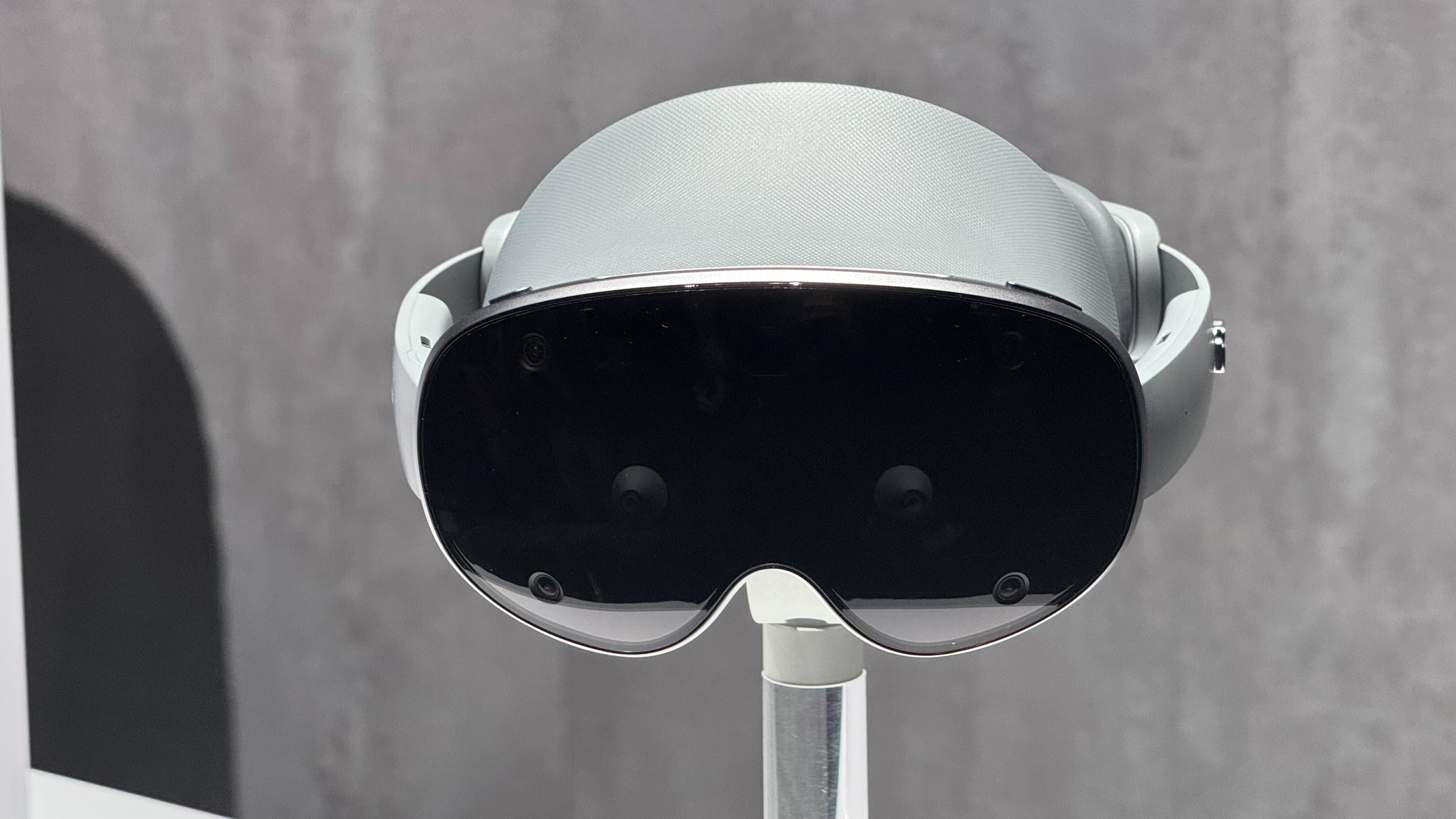
There was a lot of buzz around Galaxy Unpacked 2025. No, not just because of the Galaxy S25 phones, but anticipation was building around a full reveal of Samsung's new XR headset. But that didn't really happen.
The company's key Apple Vision Pro competitor only got a 30-second mention in reference to Android XR, along with a "we can't wait to share more details later this year" message.
But that's not all they showed on their timeline of device progression... Did you see it in the keynote? Let me zoom in and brighten up the shot.
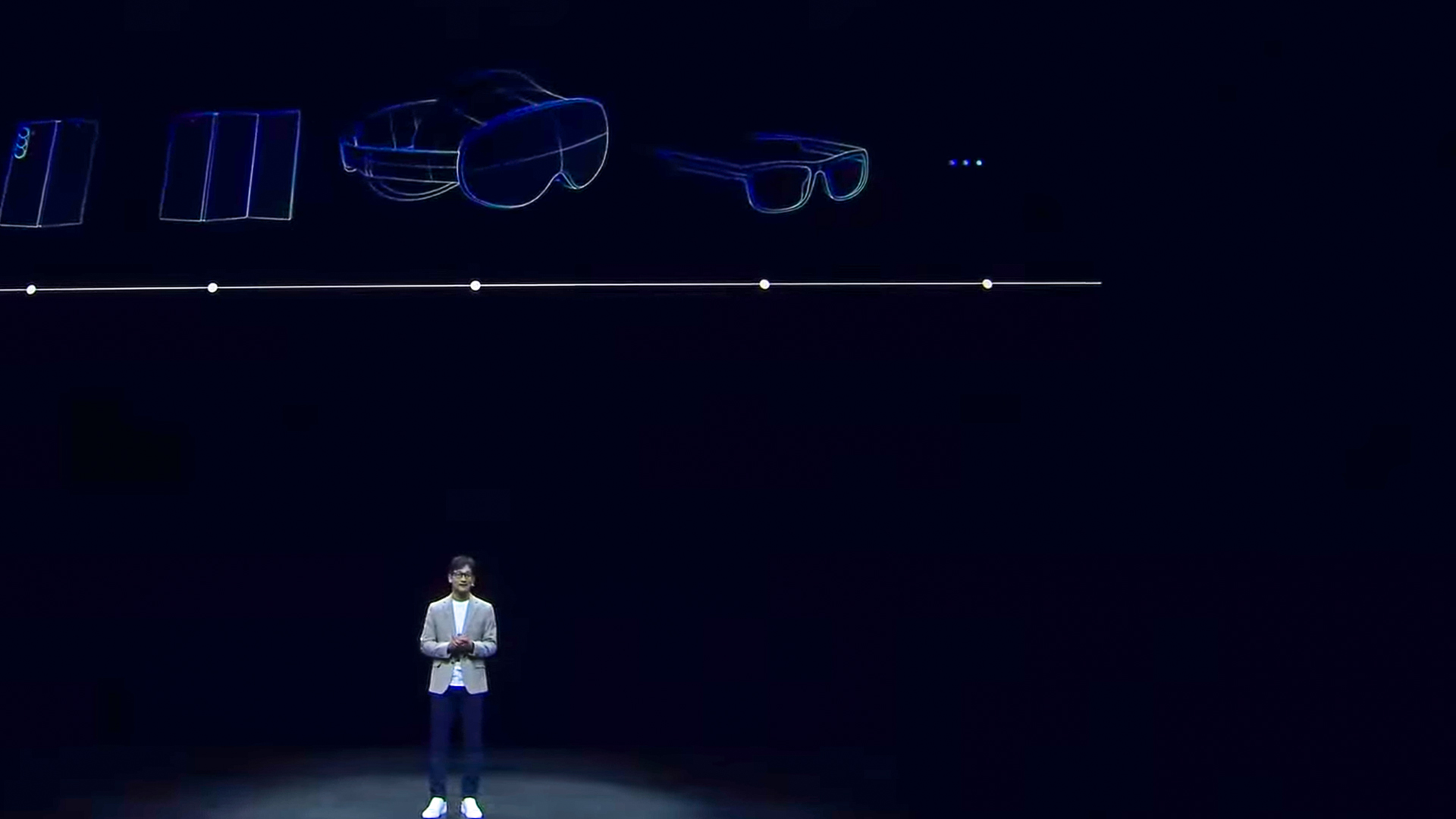
That's right. AR glasses are in Samsung's development timeline, and they'll run Android XR thanks to the partnership with Google. Color me excited!
Let’s get into the details of what we knew on the run up to this, and what we discovered at Unpacked. Spoiler alert: just like I said at the end of last year, spatial computing needs more time in the oven.
@tomsguide ♬ home - .diedlonely & Jay Karin
What we know so far
Once Galaxy Unpacked finished, we found that Project Moohan is on display at the event in San Jose's SAP Center; we managed to get some quick photos of the headset.
As you can see, it looks rather similar in the overall design aesthetic to the Apple Vision Pro, including the ski goggles-esque glass front.
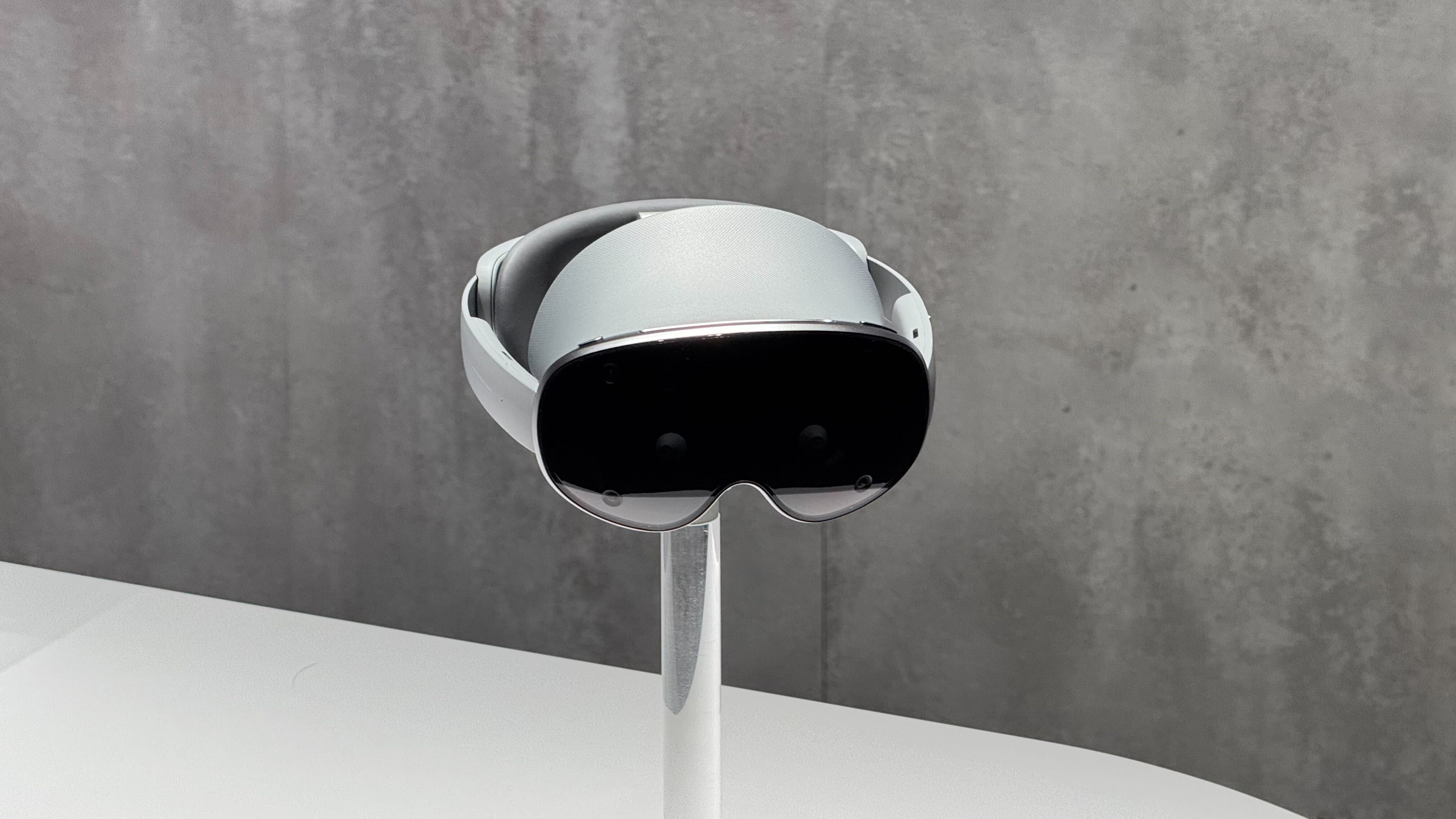
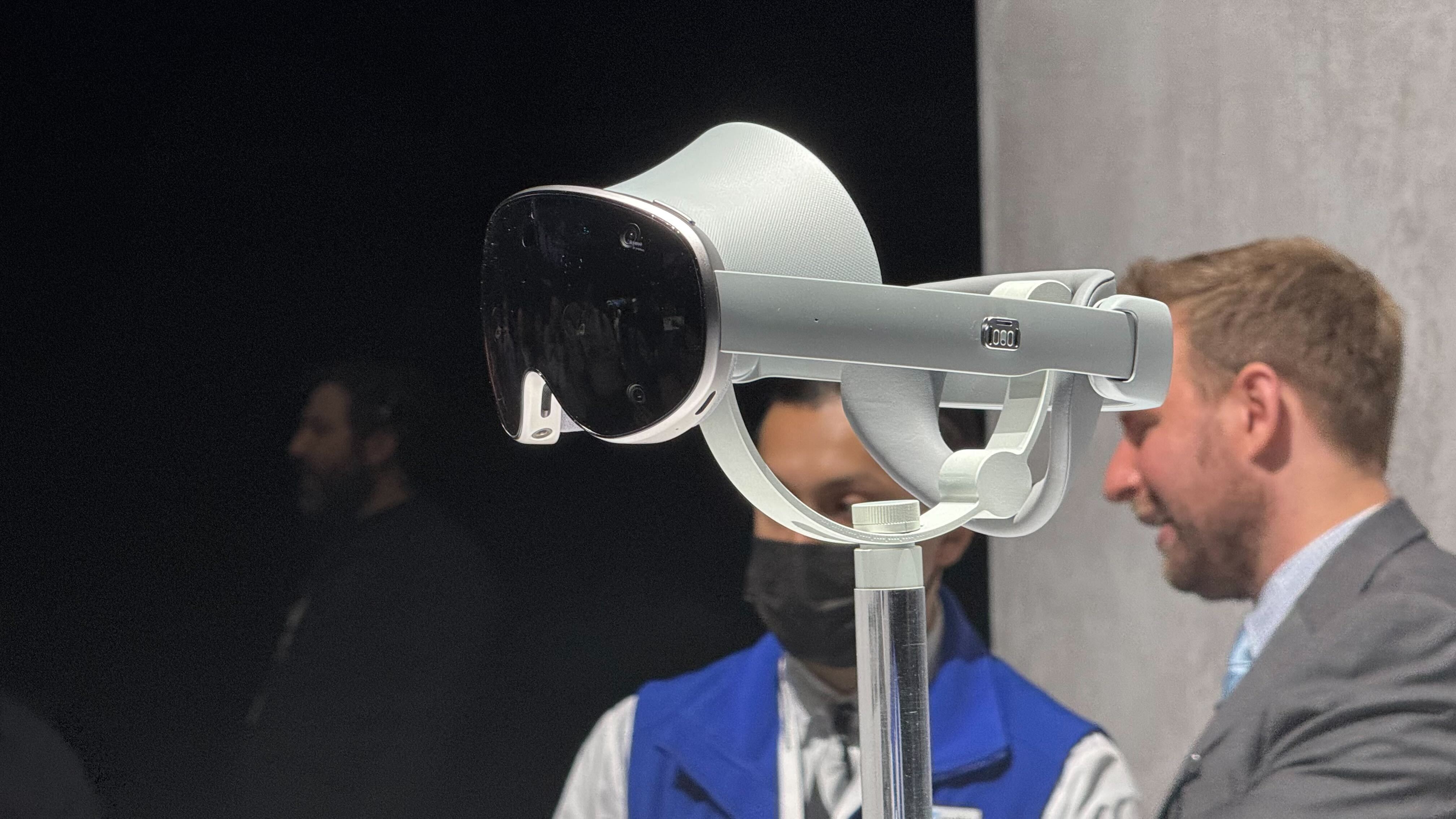
But key differences come in the larger visor hood to keep light out and what seems to be a wider, and a back strap that seems like it could provide a more snug fit from the bottom of the back of your head.
One mystery we have is that metallic bit on the left arm of the headset... What is it? At first, I thought it was maybe a latch for an additional head strap, but there isn't one on the other side. Maybe a vent? Not sure.
As for what's on the inside, details a little thin on the ground. But if you look in the right places, you can find the key details.
Qualcomm has announced that the headset will be powered by the Snapdragon XR2 Plus Gen 2 processor, enabling support for resolutions of up to 4.3K per eye at 90 frames per second. Compared to the Snapdragon XR2 Gen 2 chip found in the Meta Quest 3, the updated silicon promises a 20% increase in CPU performance and a 15% boost in GPU speed.
This should be more than enough to power Google’s new mixed-reality platform — Android XR. As Google claims, this is where AI, AR and VR meet.
You can see this in play across all of Google’s app demonstrations, including Google Maps overlaid into your field of view, Circle to Search being possible within a multi-window view, and fully immersive content being available with a pinch or your voice.
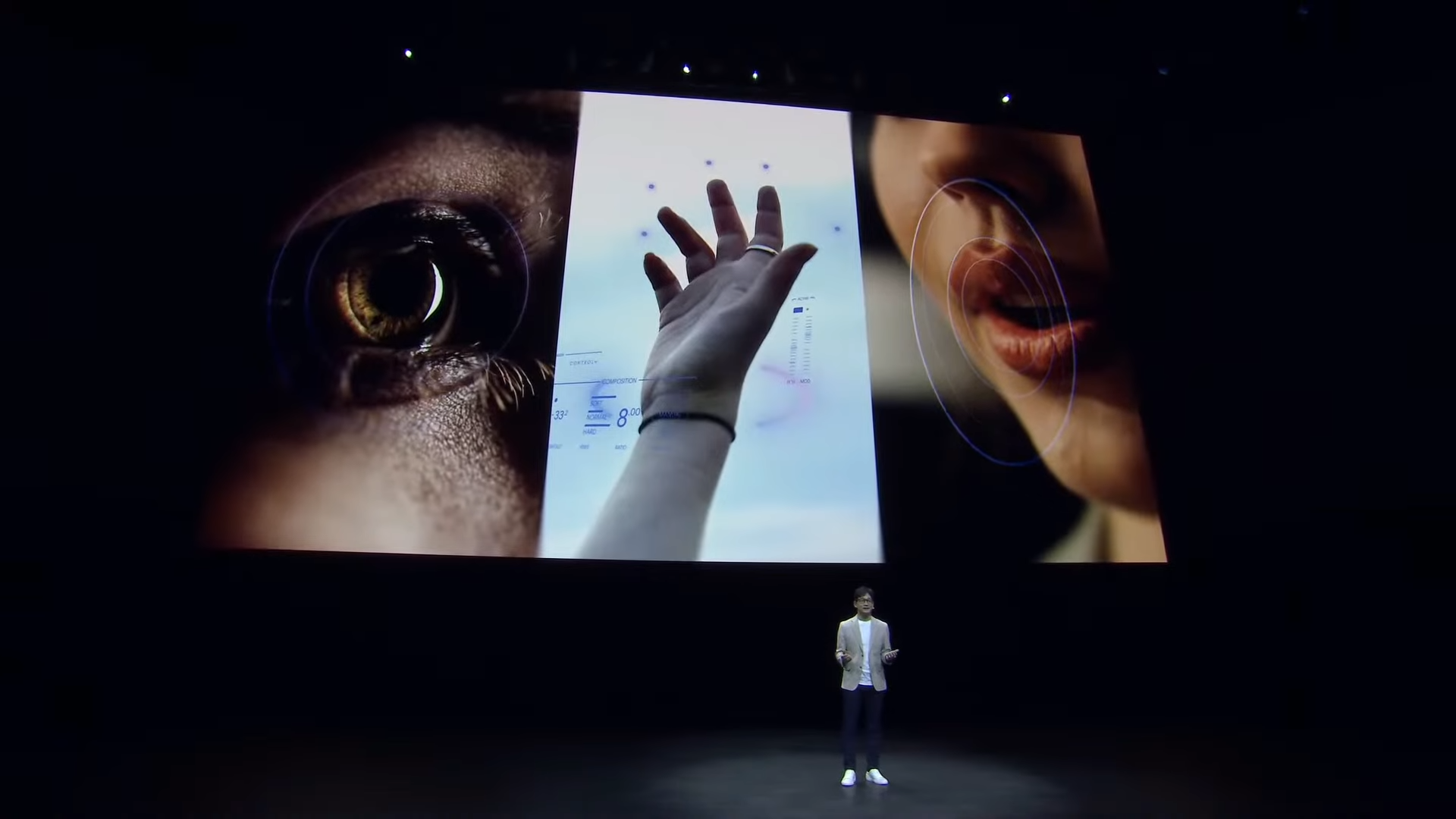
As for the tracking options, this promotional clip that played for during the keynote is a bit of a giveaway of eye-tracking, full hand tracking and voice operation.
Hello, AR Glasses!
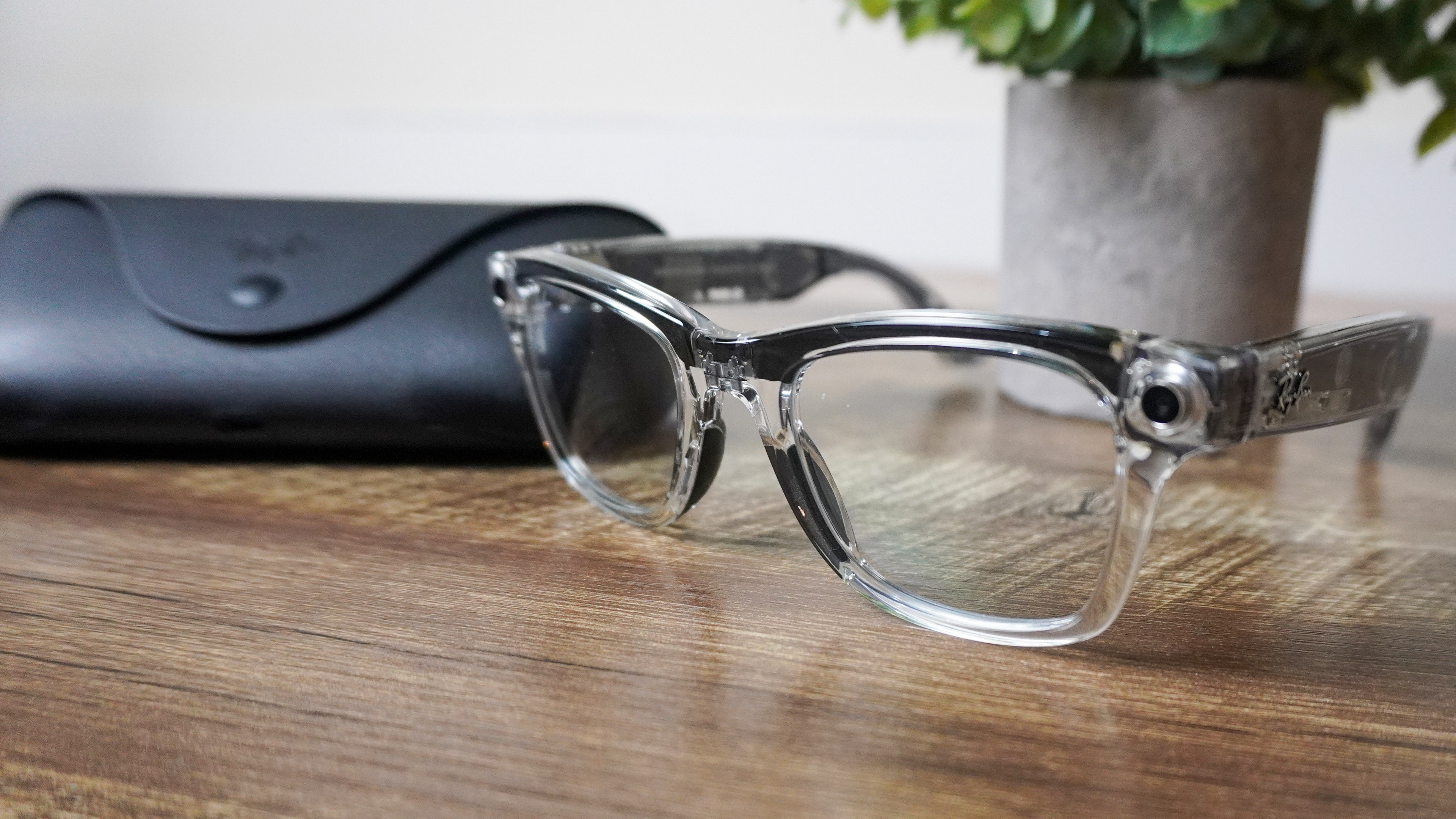
Personally, I’m a little more excited to see what Android XR does when it comes to smart glasses.
Turns out somebody at Samsung may have read that piece and took it personally, as there was a tease that the company will wok with google on AR glasses, also powered by Android XR.
The best smart glasses are only getting smarter, and Meta and Google look set to usher in the next big phase — implementing augmented reality and smart tech together.
So far, we've seen Meta's Orion project (and a subsequent leak that new specs may be coming in 2027). And given what we've seen Android XR is capable of doing in a pair of glasses, I'm pumped to see what Samsung is cooking up.
Not ready for primetime
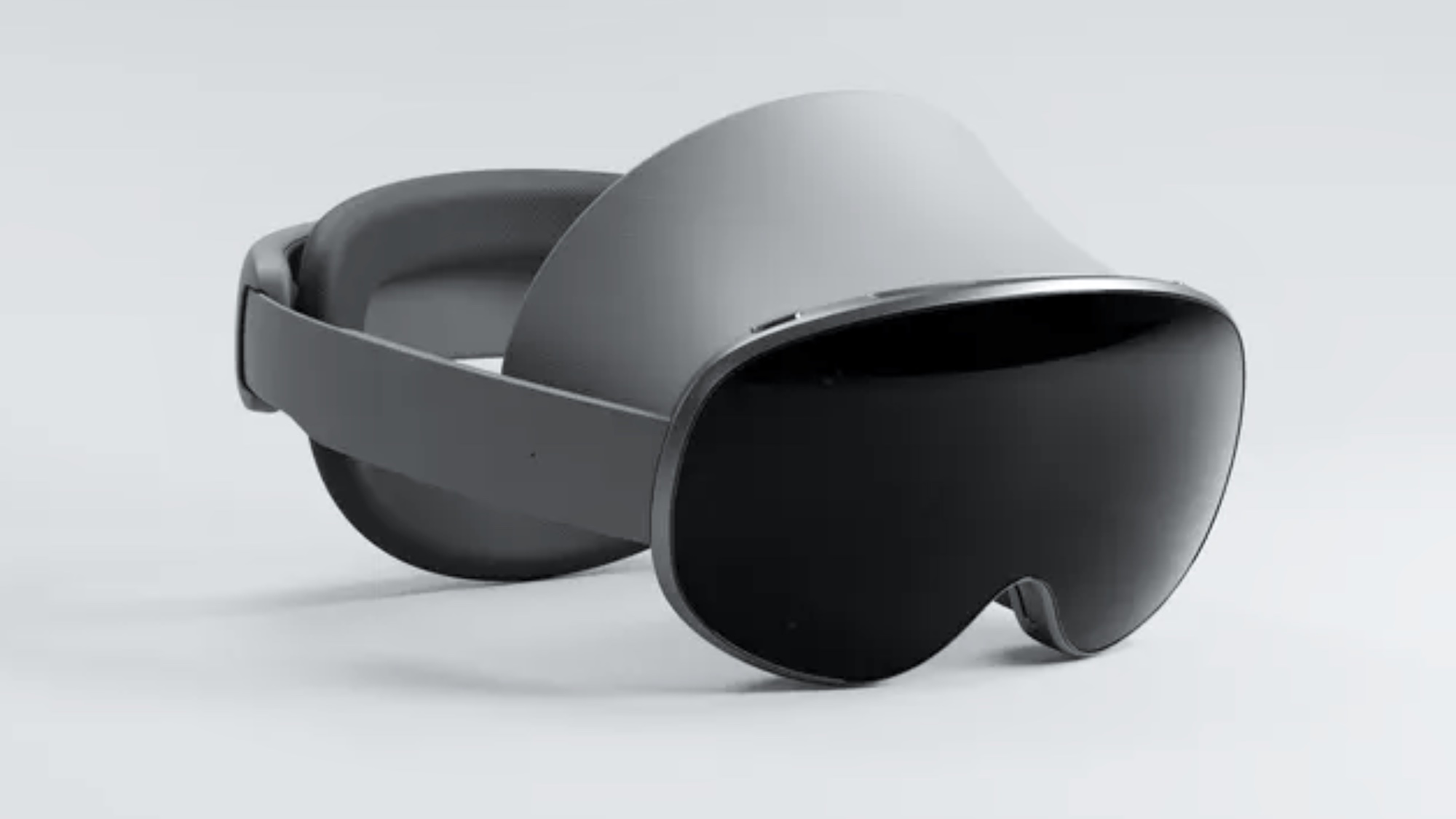
Nobody has managed to get spatial computing right yet, and I doubt they will for a few years yet. So in some ways, I'm not surprised that Samsung and Google are taking things slow.
That's because they saw what happened to the Vision Pro. Google said it best when the team called full-blown headsets "episodic products" — devices that you'll go back to every now and then rather than being something that will replace your more traditional laptops and tablets.
To repeat what I've been saying for a while now. spatial computing only becomes a thing when it's part of an everyday wearable — something the size of a pair of glasses. It's going to take a while for it to be the new way we do things, but with Samsung and Google together... Let's just say I've got high hopes.







